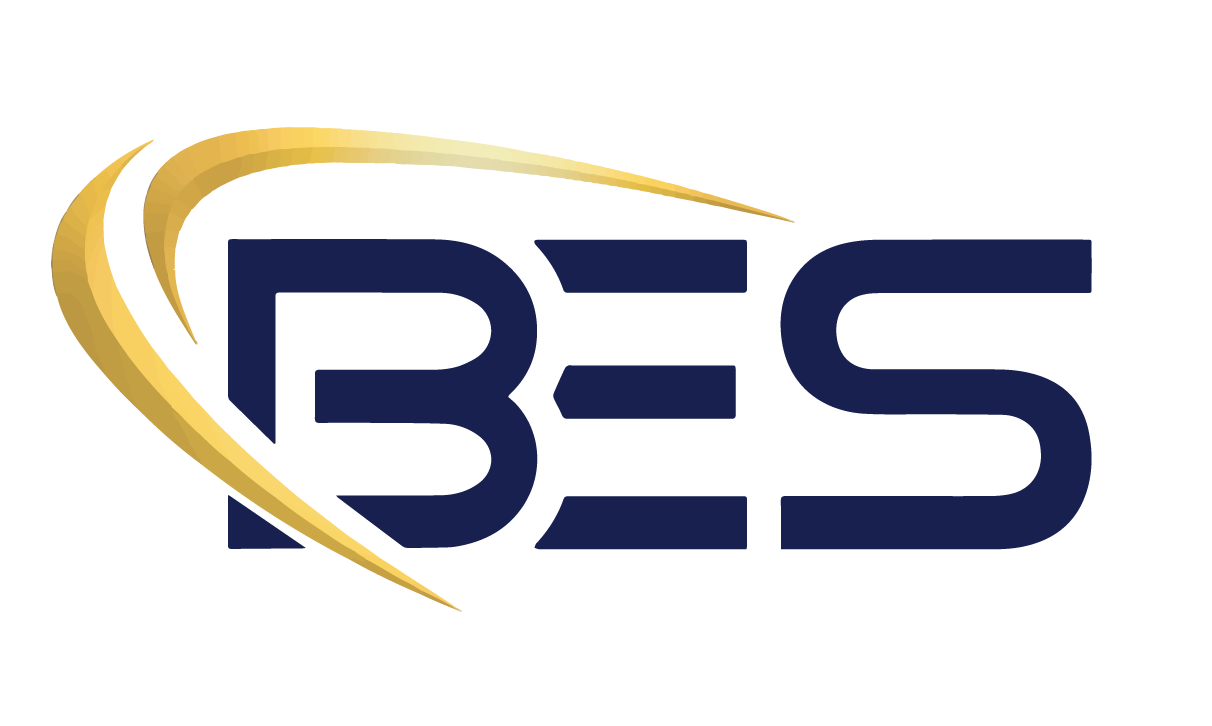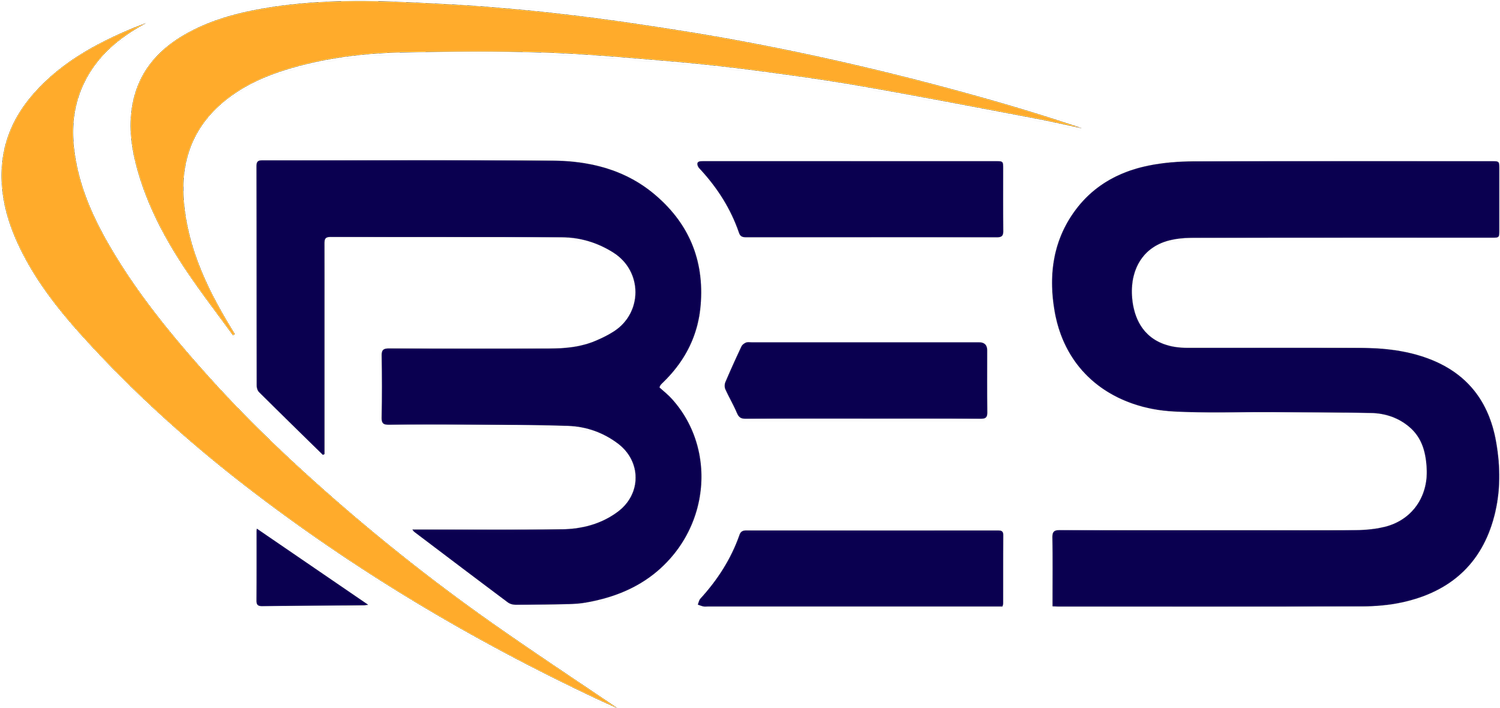Leadership Challenges in Deploying Modern GIS
The previous blog discussed the lack of understanding and underutilization of modern GIS. When leadership is enlightened and chooses to implement current GIS, a new set of challenges emerges. These challenges must be understood and managed to successfully deploy and sustain a successful multi-user GIS program supporting comprehensive situational awareness.
Enabling a comprehensive situational awareness system means modifying workflows, creating different responsibilities for staff, and potentially expanding the organization’s mission(s). These changes require leadership to guide systematic and direct changes that impact the organization’s personnel and procedures and how technology will be deployed to support the organization’s mission. Some of these challenges are broadly categorized as follows;
Understanding technology and data requirements
Defining organizational roles and responsibilities
Ensuring personnel are proficient in using your technology to meet mission requirements
Establishing procedures that maintain and sustain the capabilities that modern GIS provides
Understanding technology and data
Once the decision is made to leverage GIS and related technologies to support comprehensive situational awareness, the following tasks must be managed:
Review mission requirements and identify how a modern GIS can be configured to provide decision support and critical information products.
Develop and configure Situational Awareness Viewers and intuitive dashboards that are easy to use and provide support for mission decision requirements.
Ensure the required data to support mission requirements is available, maintained, integrated, analyzed, geospatially enabled, and logically displayed to support decision-making.
Develop and deploy mobile applications for field personnel to collect data and provide field updates displayed in the Situational Awareness Viewer(s).
Defining organizational roles and responsibilities
As GIS and related technologies are deployed and configured to provide real-time situational awareness and decision support, organizational procedures and responsibilities must be reviewed and changed to utilize these capabilities effectively. It will be necessary to bring together technology and operations personnel and develop a synergy. Some of the requirements to accomplish this include:
Develop new standard operating procedures (SOPs) to support a situational awareness system for everyday use and complex events. SOPs are necessary to achieve efficiency, quality, accountability, and uniformity of performance while reducing miscommunication and improving compliance with organizational policies.
Review and validate the organization’s mission and priorities.
Identify priority tasks and workflows technology can support.
Work with the organization’s staff to develop and gain support for new standard operating procedures.
Document SOPs that codify new roles and responsibilities
Review and update SOPs every 6 to 12 months as the organization or technology changes.
Ensuring personnel are proficient in using your technology to meet mission requirements
A Situational Awareness System requires much more than technology. The long-term success of a dynamic interactive situational awareness system requires daily usage, the ability to scale when needed, and staff familiarity with roles and responsibilities (SOPs). A training and exercise program is essential to ensure these needs are met. Training can be a daily routine with short exercises that take 20 minutes or less to solve a specific problem. Fast, quick-hitting activities keep staff sharp and confident using their crisis management systems and standard operating procedures. They also test readiness and help increase morale. These often supplement more formal or extensive exercises that occur less frequently. Many organizations provide short, varied scenarios to exercise technology capabilities that build confidence, and geospatially enabled decision support tools are excellent at presenting realistic scenarios for trainees!
Establishing procedures that maintain and sustain the capabilities that modern GIS provides
The overall results of these efforts help organizations achieve comprehensive situational awareness, directly support mission requirements, and provide timely, accurate, and practical support for decision-making. However, these capabilities must be sustained. A functioning governance body is essential to ensure the system is implemented and managed with a holistic approach. The governance body is responsible to:
Review and validate mission priorities.
Ensure alignment between operational and technological programs
Provide ongoing resourcing and funding and maintain accountability for the program across the organization.
History has shown that, no matter how advanced or progressive capabilities are, the program will wither and die under the weight of competing interests and lack of sustained and institutionalized effort without effective governance.
Effective governance also means establishing core principles, determining short-term and long-term objectives, defining the optimal organizational structure, and implementing policies and procedures to maintain the program.
As GIS has evolved and transformed, executives, managers, and operations personnel have not kept up with the powerful situational awareness capabilities this technology provides. When made aware, the focus often becomes acquiring or deploying the technology without developing a comprehensive organizational approach. The requirements to implement and maintain a complete situational awareness program are often underestimated and under-resourced. This frequently leads to short-term success that is not sustainable. An organization will not achieve its desired goals without a balanced approach that guides and directs the synchronization of personnel, procedures, and technology.
Bent Ear Solutions helps organizations initiate the steps necessary to implement, enable, and sustain a comprehensive situational awareness program. Bent Ear’s team of technologists, experienced operations, and executive professionals know what it takes to be successful and have helped many large and small organizations enable and sustain Situational Awareness Programs.







